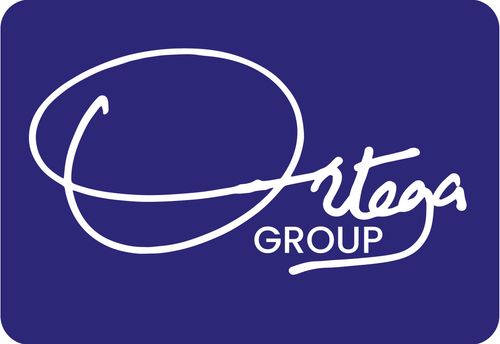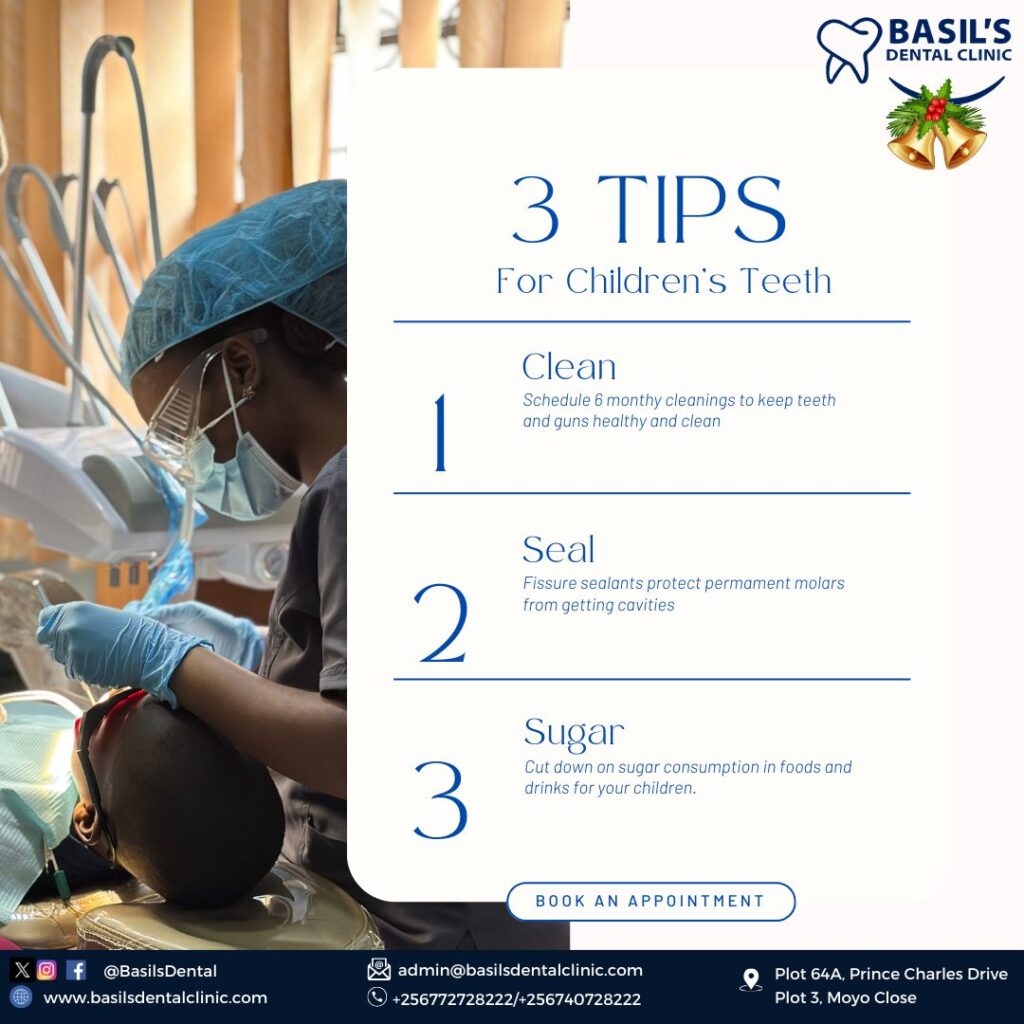By Ian Ortega
The quality of your life will largely be determined by the quality of services you receive. If you are reading this as a Ugandan, you have public services such as Police and Fire departments, hospital services, and even the road service to mention a few. There are also numerous private services that will affect your life, from the hair cut you receive at the barber’s, the childcare services by the maid or daycare centre, you will have utilities such as internet services, and many others.
Although it’s hard to now find a pure service or pure product, we still make the distinction between a Service and a Product. A service differs on four main aspects. A service is intangible, it’s inseparable – consumption and production happen simultaneously. A service is also heterogeneous or varies from person to person. Two people will visit the same hairstylist but will receive a different service. Finally, a service is perishable, that’s to say it can’t be transferred from person to person neither can you build inventory.
There’s a new service reality, and as competition becomes stiffer, companies must be cognizant of this reality. Technology is now here, that’s to say, most services now have a digital component. Technology has also empowered the consumer. Websites such as TripAdvisor or Yelp exist for this matter. Social Media platforms have given consumers a voice. Yet, also, companies also have an opportunity to co-produce services with their consumers. Above all, in this new reality, internal marketing is now a big deal. Not only should companies care about their customers, but they should also care about the employees that interact with these customers.
In the marketing mix, the service component is enhanced by three aspects. That is the People, the Physical Evidence (tangibles) and the processes. Service differentiation comes down to ease of ordering, time and speed of delivery, the installation, training and consulting, the maintenance and repairs and the returns. Take an example of cable internet service. How easy is it to order for this service? And how long does it take from ordering to installation of the same? Do they train the users? What about maintenance in case of signal drifts? And is there a return policy? What if one chooses to cancel?
Despite all efforts to deliver the best service experience, companies usually fall short of customer expectations. This is what has been defined as the Service Gap. The Service Gap consists of five major gaps.
- The Knowledge Gap: simply not knowing the customer’s needs and expectations.
- The Standards Gap: it’s one thing to know a customer’s needs, it’s another thing to choose the right standards and designs for these needs
- The Delivery Gap: think of this as a performance gap. The difference between what is designed and what is delivered
- The Communications Gap: companies over-promise. This gap is from differences between what is delivered and what was advertised or promised
- The Perceptions Gap: Once a service has been delivered, a customer may perceive this delivery differently. This gap is a difference between what’s delivery and what the customer perceived as delivered.
These five gaps result into the Service Gap. This service gap is the gap between the customer experience and the customer expectations.
Great service design is a function of customer-centricity and service quality. Above all, service quality comes down to reliability, responsiveness, assurance, empathy and tangibles. All consumers want their service provider to embody these five qualities and by doing so reduce the zone of tolerance: this is the gap between the expected service and the adequate service. Below this line, you will have dissatisfaction.
Yet, in case customers are dissatisfied, there’s always a way out. A service provider should showcase excellence recovery, adaptability, spontaneity and coping tactics. Service design is complication, but what thought through with an integrated approach, it can win markets and deliver exponential growth. Café Javas or CJs in Uganda is a testament to the power of great service design.

